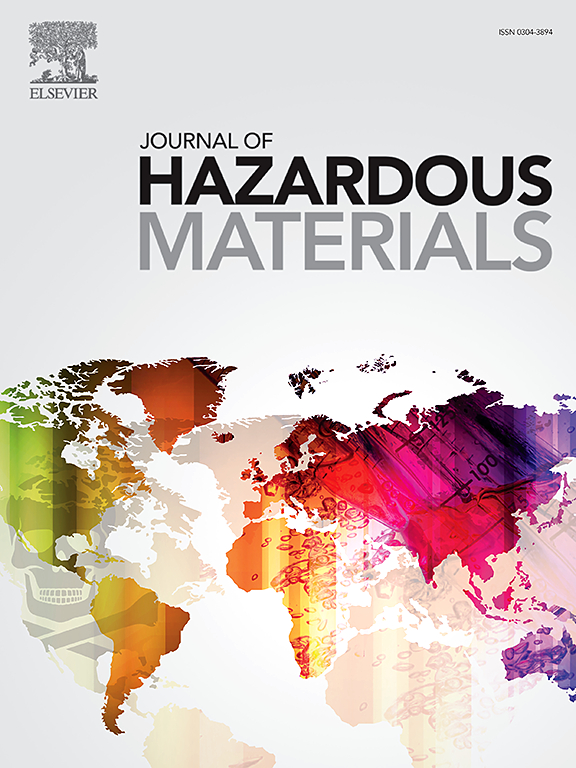Overcoming slow removal efficiency-induced highly toxic I-DBPs in water by oxygen vacancies enriched invasive plant biochar catalyst: Experimental and theoretical studies
Abstract
Developing effective and safe catalysts operated in the in-depth removal of iodinated X-ray contrast media is important for overcoming slow removal efficiency-induced highly toxic iodine-replaced disinfection byproducts (I-DBPs). In this study, a novel oxygen vacancies enriched heterogeneous biochar catalyst (Mo-Co-ECM) from the invasive plant was synthesized by a facile one-step hydrothermal carbonization method and used for the in-depth removal of iohexol (IOH) by the activation of peroxymonosulfate (PMS). The results indicated that after adding PMS for 3 min, the removal efficiency of IOH in Mo-Co-ECM/PMS system reached 100% and exhibited a superior degradation efficiency compared to Co-ECM/PMS and ECM/PMS system. Only nine I-DBPs were found during the degradation, which were dominated by small molecules compounds (MW<400). The in-depth degradation suppresses the formation of the toxic intermediates. The density functional theory and electron spin resonance showed that due to the existence of Mo and oxygen vacancies, the electron transfer ability was improved, which accelerated the cycle of Co3+/Co2+, so as to enhance the catalytic activity of Mo-Co-ECM/PMS system. This study is expected to provide a general way for decreasing the production of toxic intermediates during the advanced oxidation of contaminants, meanwhile recovering resources.

 求助内容:
求助内容: 应助结果提醒方式:
应助结果提醒方式:


